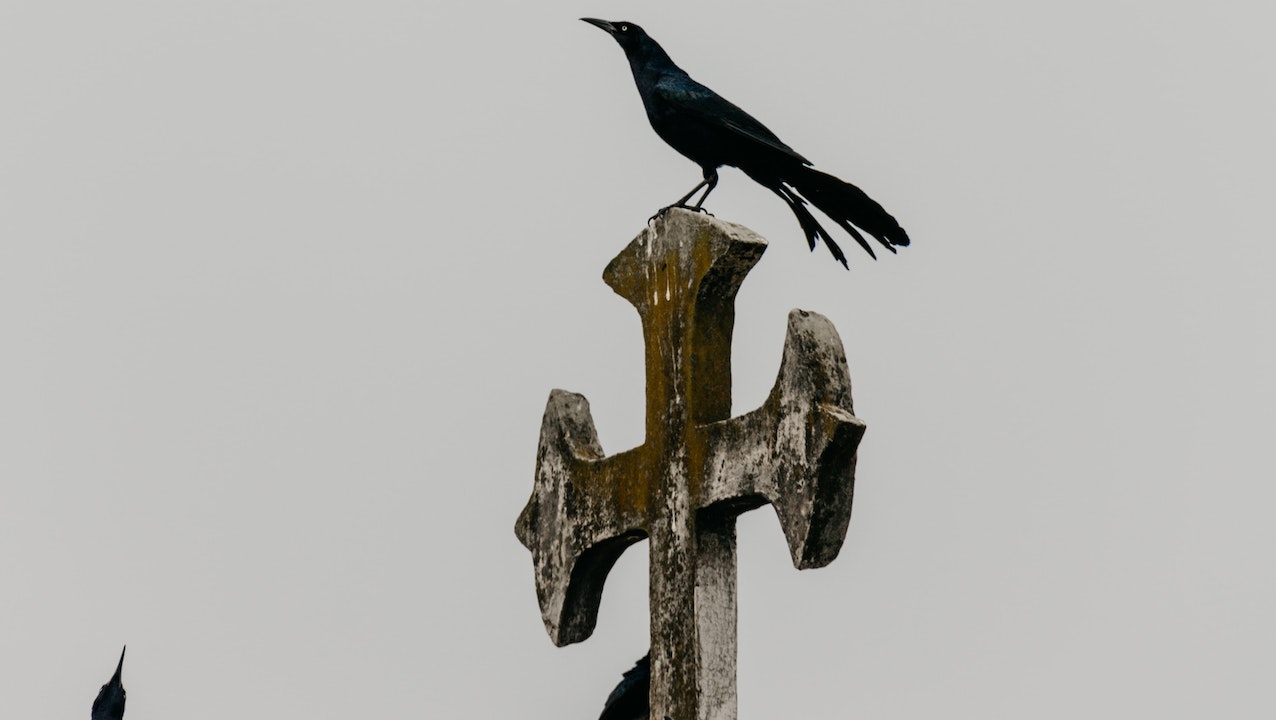I have been writing and talking about business plans to creative people for a very long time, but recently (with the help of Linda Hailey), I’ve come to understand that the traditional business plan is actually dead. Creative people still come and see me because they think they need a business plan, but I can’t remember the last time someone needed one, or truly wanted one to help them guide their business.
So why is the business plan dead? The traditional plan is a long, weighty document usually designed to convince a bank manager or some other financial lender that your business is legit. It focuses on the past, it takes months and months to create, it’s often full of half-truths, and it almost always focuses on a five-year plan. And who even knows what’s happening in two years, let alone five? Creative people (and therefore creative businesses) are nimble, imaginative, mercurial and spontaneous. We don’t have time for navel-gazing and we have no idea what’s going to happen in the next decade (and we like it that way). A hefty plan that takes months to make just doesn’t work.
Sure, banks and lenders will still want you to have a plan, but in reality, how many creative businesses are going to be approaching their lender for a substantial sum of money? Traditional banks like traditional plans, but they don’t usually like creative business people like us. Non-traditional lenders (and some clever banks, like the NAB) either have a straightforward online application process, with no need for a plan, or they provide a simplified template to guide you through the process.
Having said all that, does this mean creative businesses can sail merrily into the future without a care? Sadly, no. Without a plan, small businesses are effectively forced into being opportunistic and reactive. They take jobs as they come, they have no way of measuring what’s working and what’s not, and they can’t make longer-term decisions about where to go and what to do. They float untethered on the stormy seas of businesses without a rudder, a captain or a destination. It’s exhausting. A business without a goal or a strategy will soon be no business at all.
The solution is to think about planning in terms of goals and strategies. As part of our creative business advisory service we almost never focus on a traditional plan. Instead, we talk about goals for the business, what the next year or so could look like, what our clients want, and why. We then break that down into a goal matrix which can then become a practical and step-by-step strategy that helps them move towards what they want. It’s nothing revolutionary, but it works.
There are exciting other ways of making plans too, championed by fabulous folk like Brook McCarthy and her non-plan plan challenge. The groovers at Strategyzer have come up with a Business Model Canvas and a Value Proposition Canvas that have revolutionised the way people think about business plans. For creatives, Jennifer Lee and her Right Brain Business Plan books, play sheets and website are a godsend for those of us who like pictures better than words. Udemy offers free online courses about the one-page business plan and Eric Reis from The Lean Start Up calls business plans a waste of time, and focuses instead on principles and scientific strategy.
Even fans of the traditional are going modern – the Australian government’s business support website features two hugely popular apps that help people navigate business planning and marketing strategy.
The long (and long-winded) business plan is dead. Not yet buried, but absolutely deceased. The future lies in big dreams and goal-orientated thinking about your business. It means using your fabulous innate creativity to guide you towards a strategy. It means being nimble and passionate and using that energy to help you get to where you want to be.
The business plan is dead – long live business planning!





0 Comments